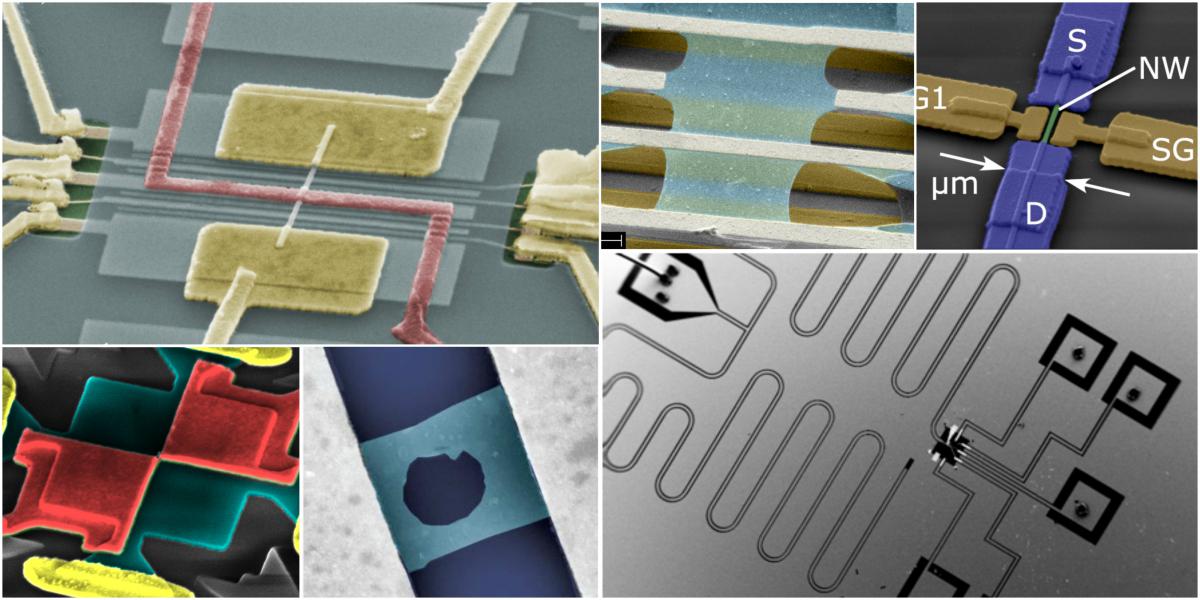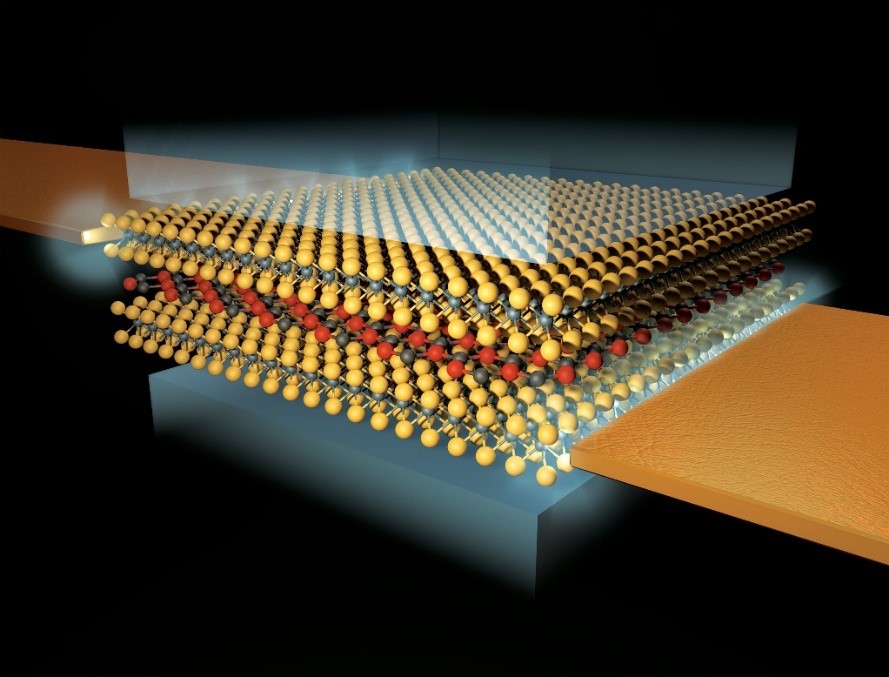Department of Nano Electronic Memory Laboratory
Testing a Nano Electronic Memory
Researcher and author: Dr. ( Afshin Rashid)
Note: Common nanoelectronics technologies in nanomemories hardly meet the demands, but nanotechnology offers better solutions. One of the new means of data storage is the use of nickel quantum dots in nanometer sizes, which are expected to be used to store terabytes of data, even in homes and in personal use.
Considering the relatively large (physically speaking) storage devices we have now and the fact that we need gigabyte sizes in various areas, there is a huge potential for activity in this area.Each quantum dot consists of a single ball of several hundred atoms that can have one of two magnetic states. This allows them to contain a single bit of information (zero or one), as is customary in machine computing. In conventional hard disks, the data bits must be spaced far enough apart that they do not overlap. Quantum dots act as completely independent units that are not structurally connected, so they can become somewhat closer to each other. They can be arranged to a certain density that allows any type of information to be stored up to 5 terabytes in a space the size of a postage stamp. Activities should continue until these nanodots work better and work with other computing devices such as silicon chips.
By using the structure of nanomolecular memory , the size of the memory bits can be basically reduced, thereby increasing the density of the magnetic memory and its efficiency, and lowering its cost. Nano lithography methods are now being used to prepare some very powerful memories. The science and technology of nanoelectronics provide different possibilities of nano molecular memory . For example, photorefractory materials represent only one type of optical memory. In fact, by using nano technology, the storage capacity of information can be increased by a thousand times or more. Storing subject information is very important and necessary, which can be done in different ways through nanomolecular memories .One of the new information storage tools is the use of nickel quantum dots in nanometer sizes, which are expected to be used to store terabytes of data. According to nano molecular memories, there is a high potential for activity in this field.
Researcher and author: Dr. ( Afshin Rashid)
Specialized doctorate in nano-microelectronics





